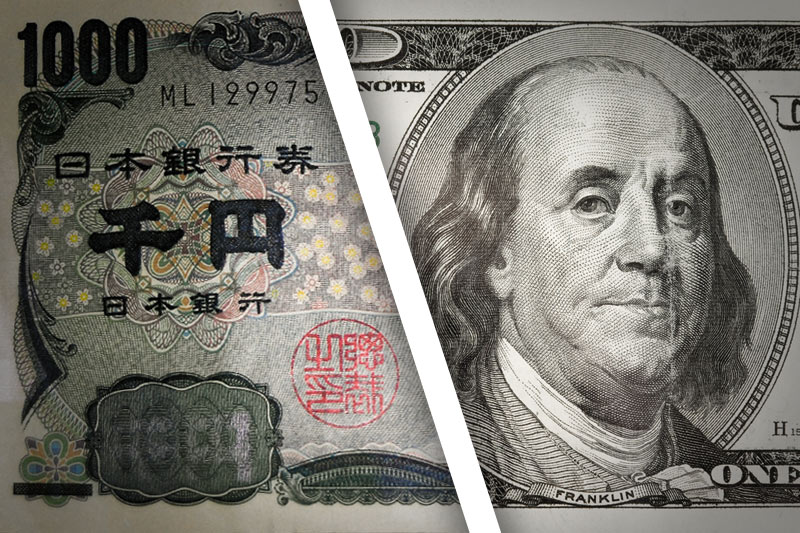Investing.com — The Japanese yen remained at its weakest level in 38 years on Thursday, with the currency’s latest decline and low liquidity during a U.S. market holiday fueling fresh speculation about government intervention.
The yen pair, which measures the amount of yen needed to buy one dollar, fell 0.1% to 161.50 at 8:04 PM ET (00:04 GMT). The pair had risen to 161.99 on Wednesday before falling on some dollar weakness.
But the pair remained near its highest level since 1986 as signs of weakness in the Japanese economy and declining expectations of more monetary tightening by the Bank of Japan largely kept traders short the yen.
Intervention in focus, amid persistent warnings from authorities
The USDJPY pair was trading well above 160, the level that last prompted intervention by Japanese authorities in May.
Government officials stood by their verbal warnings about possible intervention in markets to counter the yen’s decline. But they did not specify at what levels or with what margin they would intervene.
Traders speculated that low liquidity conditions during the US Independence Day holiday of July 4 could pave the way for government intervention as lower volumes will reduce the cost of defending the currency.
The last time the government intervened – in early May – was during a Japanese market holiday, when trading volumes on the currency markets were low.
Still, intervention is expected to only temporarily halt the yen’s decline. High US yields and the BOJ’s staggered monetary tightening are the two biggest factors behind the yen’s slump, and are expected to continue to weigh on the currency in the short term.
Recent signs of weakness in the Japanese economy – after first-quarter gross domestic product data were revised down substantially – have raised doubts about how much room the BOJ has to tighten policy. Japanese inflation has also become sluggish in recent months.


